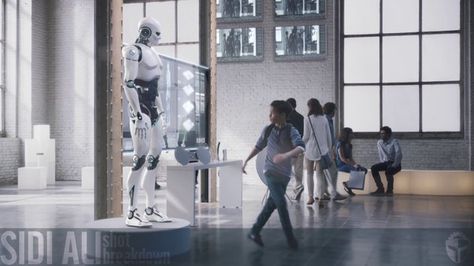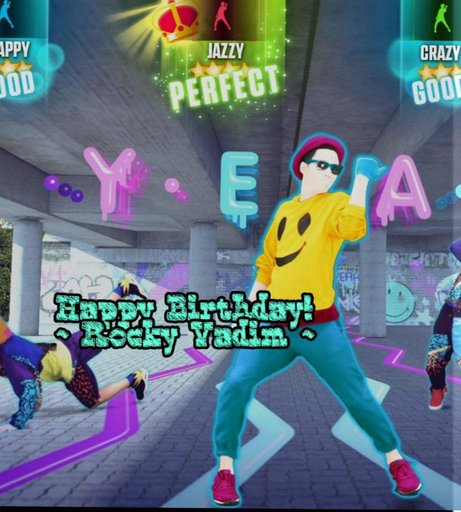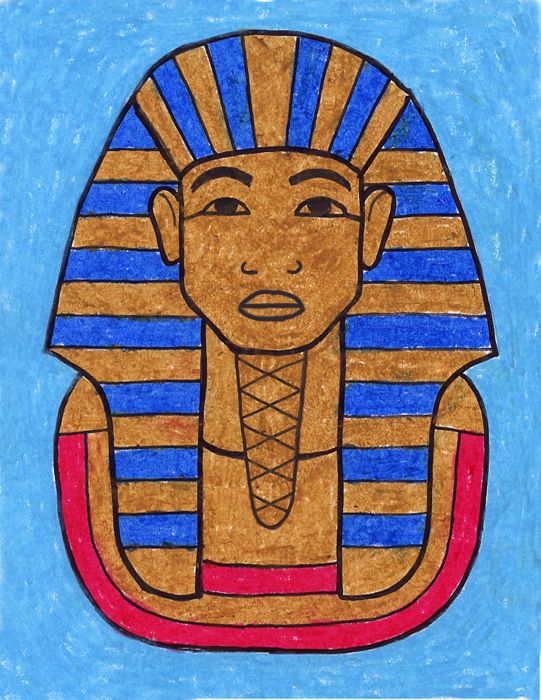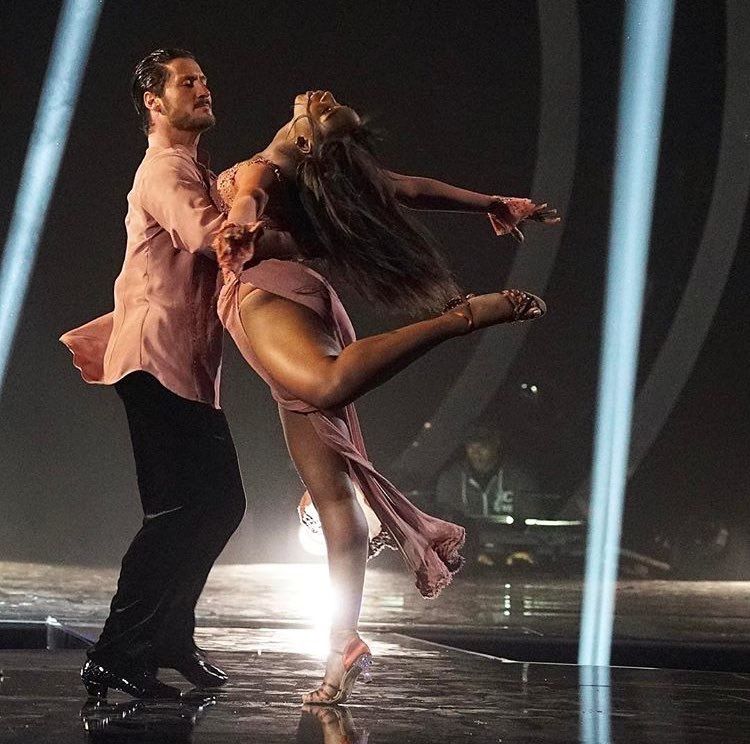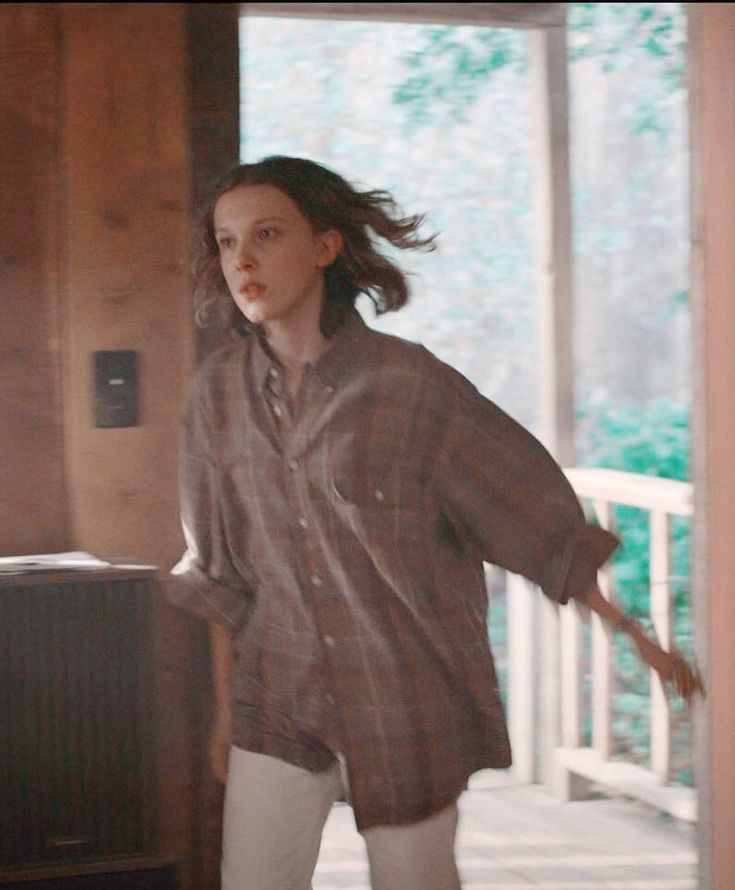How to feet dance
Happy Feet dance move - Hip Hop dancing lessons
Learn the happy feet dance move below:
More hip hop dance moves
[Transcript]
Hey, what’s up guys! This is Sean. Welcome to Learntodance.com. I’m going to show you the happy feet dance move. OK?
So from here, we’re going to start like this. Five, six, seven, eight. One, two, three, four, five, six, seven, eight. OK?
From another angle. We go, five, six, seven, eight. One, two, three, four and five, six, seven and eight. And happy feet. OK? Let’s break it down.
So this move as you can see is a little bit more athletic, so you want to make sure you have the basic idea first before you start putting a lot of energy into it. So let’s start with the basics.
You’re going to start with your feet together and you’re going to think that you want to pivot this way on your right heel like this. Your toes lift off the ground. You don’t want to keep your toes here. You want to keep your toes up. Pivot. So it’s nice and easy.
At the same time, you’re going to do the opposite. You’re going to keep the toe of your left foot on the floor. Your heel is going to go out this way. And down.
So if you’re to do it at the same time, this toe comes up. This heel goes out. It looks like this. It opens. And then it closes again. You can repeat that on the other side. Your left toe comes up. Your right heel goes out. Up and down.
So if you’re to do that back and forth, that’s probably the best way to get the feel of this move. Just pivoting one and two and three and four and just like that. If I was to face the back, from here, and again, like feet together is probably the easiest way to start. You could start like this and also go out.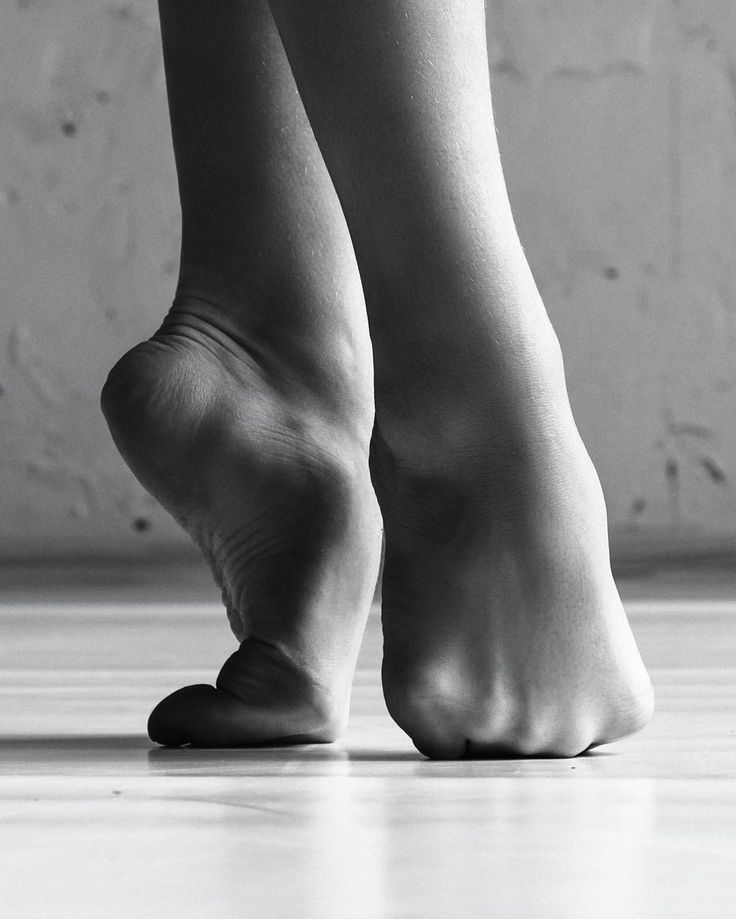 Let’s keep it basic to start.
Let’s keep it basic to start.
So again, same pivot. My right toe is going to go up. At the same time, my left heel is going to go up. I’m pivoting on my toe. It comes back down. I go to the left side, here, and down. So going back and forth, five, six, seven, eight. I pivot one and two and three and four and OK? I know I should have kept my feet together. I kept them apart there but you can see that it would work here or here.
So that’s the beginning. Now, let’s add the forward part of this. So we go side to side, one, two and you’re going to hop on to your heels. Pretend there’s like a chasm and you’re running up and you realized you don’t want to fall into it. So that’s kind of the look you want to give. If I was going this way, kind of looks like this. So my body comes a little bit forward to keep my balance and then I hop back on to my toes.
So you’re going to hop forward on to your heels. You come back. You’re going to hop forward again on your toes and your heels come out and then back.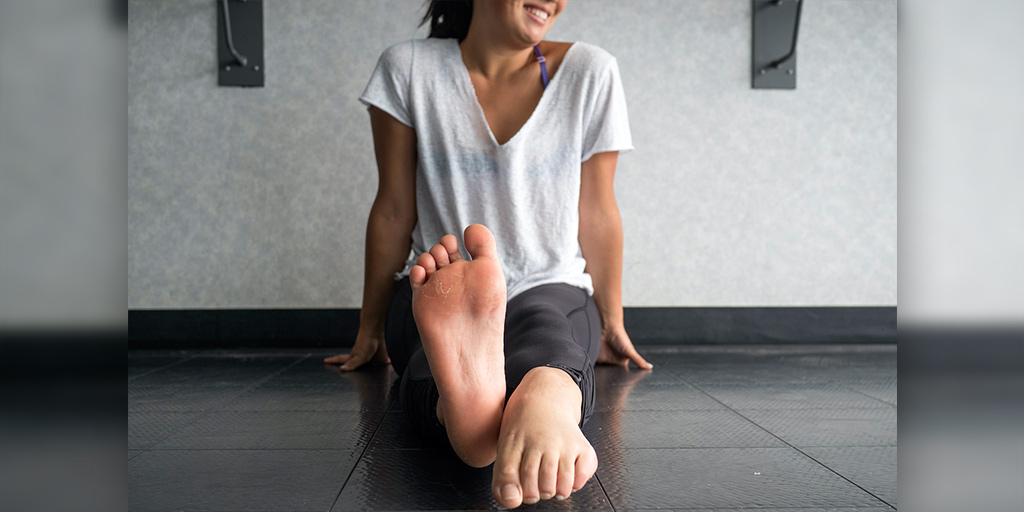 OK?
OK?
So going forward, the two parts are heels, back, toes, back. OK? If I did the side to side and the forward part, it’s going to look like this. I go, one and two and three and four and OK?
Let’s try it from the back, another angle. The same thing. Five, six, seven, we’re going to go this way. One and two and heels back toes back. OK?
The last part of this, really simple, it’s just going to be some hands. That way, you don’t feel too, again, too stiff. When you go to the side, just like if you were kind of, I don’t know, like running this way. OK? So when your right foot goes out, your right hand is going to come up like you’re making muscle. Left hand is going to go back like this. It’s going to come back to the center. And you’re going to repeat on the other side.
When you go forward, this is where we said kind of bring your hands out like you’re going to fall. When you bring your toes forward, bring your hands back behind you. Kind of like you’re pushing your hips here.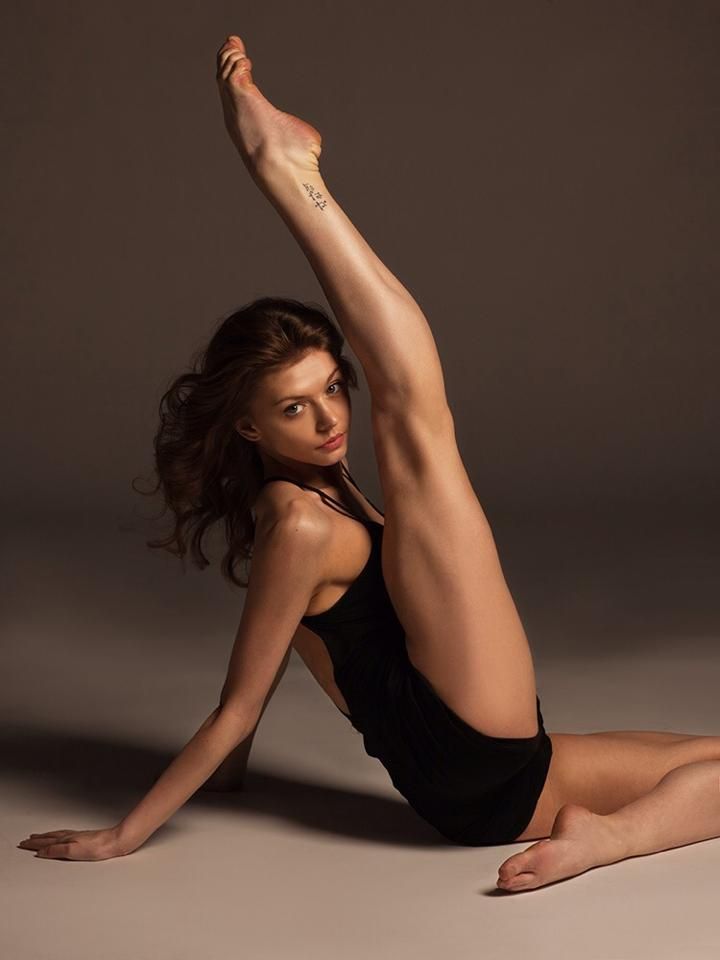 Boom! Boom! OK? So putting all four of those together. Let’s start here. Five, six, seven eight. One, two, three, four, five, six, seven, eight. OK?
Boom! Boom! OK? So putting all four of those together. Let’s start here. Five, six, seven eight. One, two, three, four, five, six, seven, eight. OK?
From the side so you can kind of see what my forward motions looks like. Five, six, seven, eight. It goes one and two and three and four, five, six, seven, eight. OK?
We’ll do it from the back. When you go side to side, last thing, I’ll do it and you can see. You can keep it simple with pivoting or if you’re a little more energetic, you can hop into it. OK? It makes you a little bit bigger and more fun to watch. But you can do it either way.
From the back, we’re going to go side, side, forward, toes. Five, six, seven, eight. We go one, two, heels, toes, five, six, seven, eight. And that’s the happy feet.
[End of transcript]
Happy Feet Dance School | Ballet, Tap, Jazz, Hip Hop
Happy Feet Dance School | Ballet, Tap, Jazz, Hip Hop | Windham, NH
| |||||||||
| |||||||||
| |||||||||
| |||||||||
| |||||||||
How to learn to dance shuffle - Lifehacker
December 15, 2019LikbezSports and Fitness
Master the basic movements, and then improvise and get high.
Iya Zorina
Author of Lifehacker, athlete, CCM
Share
0This dance style includes a lot of freedom and improvisation. That is why he is so good. You can master the basic movements in a couple of hours, and then complicate them to infinity and combine them with each other, create your own combinations and spy on others.
Dance in sneakers, socks or barefoot, in any outfit, anywhere.
Master the basic movements of the shuffle
In this style, you do all the basic movements with your feet, the hands most often move freely - according to the heart.
Running man
This is the most basic and essential shuffle movement. You can do it in three different ways.
Full foot
The movement begins by bending the knee and lifting one leg. Next, you need to simultaneously put both legs - supporting and raised - at a distance of one step from each other.
The raised leg is placed forward on a full foot, the standing one behind slips back on the ball of the foot and remains on it - the heel is not placed on the floor. The weight is evenly distributed between the two legs.
After that, it remains to return to the starting position. To do this, the front leg slides back, and at the same time, the back leg is pulled up. You find yourself in the starting position and repeat the cycle. The movement itself is soft and springy: do not stick into the floor, keep your legs relaxed.
Heel
This is a lighter and faster running man look that may be needed for some combinations. Here you put your foot not on the whole foot, but on the heel. At the same time, the one standing behind remains on the toe.
At the same time, the one standing behind remains on the toe.
On pads
In this variation, the foot is placed forward on the pad. At the same time, the one standing behind also remains on the ball of the foot, and the body leans slightly back.
T‑step
In this movement, one foot constantly makes a “herringbone” - turns the heel in and out - and the second touches the floor and immediately rises back.
When the heel of the skating leg turns inward, the toe of the other leg touches the floor; when outward, the other leg rises, turning the knee inward.
It turns out two positions: closed - when the legs are wrapped with the knees inward, and one leg is raised, and open - when the legs are turned out with the knees outward, and the toe touches the floor. Practice doing the T-step in both directions: slowly at first, then with acceleration.
Rocking
You jump on one foot, and the other touches the floor in different places: on the side of the supporting leg, across, behind - anywhere you want. You can put your foot on the toe or on the heel - the latter is called a kick. The supporting leg can simply rise low or perform a T-step - move the heel out and in.
You can put your foot on the toe or on the heel - the latter is called a kick. The supporting leg can simply rise low or perform a T-step - move the heel out and in.
Charleston
To begin, you turn your knees and toes inward and lift one leg. Then turn your toes and knees outward, and put your raised leg forward crosswise. Repeat the same with the other leg.
All movement occurs on the balls of the feet, the heels do not fall to the floor. You can move both forward and backward.
Diamond
First you put your feet crosswise with your toes outward with a jump, then you also spread your legs apart with a jump.
Slides
One leg is straight, stands on the whole foot, the other is with a bent knee on the pad. Leaning on the pad, you slip the foot of a straight leg back, as if wiping the sole on the floor.
Immediately after the slip, you turn around. In the turn, the straight leg bends and goes to the pad, and the one that was on the pad, on the contrary, turns on the heel. After that, it remains only to change legs and move in the same way in the other direction.
After that, it remains only to change legs and move in the same way in the other direction.
Scissors
From the starting position - standing with a raised leg, as in Running man - you turn your hips to the side with a jump and put your legs crosswise.
The front foot is on the heel, the back foot is on the ball. Then you jump back to the starting position and do the same on the other side.
Sidekick
From the starting position, you turn your hips to the side with a jump and spread your legs a step apart from each other. The standing foot in front is placed on the heel, the standing one behind remains on the pillow. Then, with a jump, you collect your legs and do the same on the other side.
Try other variations of the basic shuffle movements
You can perform the basic movements in different directions: forward and backward, turning around. This will give you more freedom to improvise.
Variations Running man
Do several times in place and then turn around.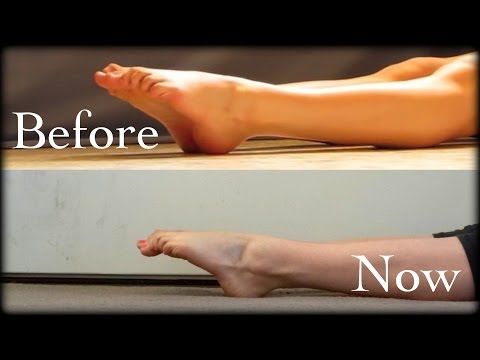 You can also try walking this way to the side. Each time the leg will need to be placed slightly crossed in order to slowly move to the side.
You can also try walking this way to the side. Each time the leg will need to be placed slightly crossed in order to slowly move to the side.
Variations T‑step
You can lower your foot on the toe, on the whole foot, touch the floor to the side of the supporting leg or forward and behind it.
You can also keep the other leg off the floor at all - leave it on the toe and turn the knee in and out.
Variations Diamond
Here one more element is added to the movement – the heel strike. In the starting position, you wrap the toes of the feet and knees inward, and then jump on the heels, turning the socks to the sides.
From this position, without jumping, you turn your toes and knees inward, cross your legs with a jump, turning your feet with your toes outward, and then return to the starting position.
Charleston Variations
After three turns of the Charleston, turn both toes in one direction and then in the other.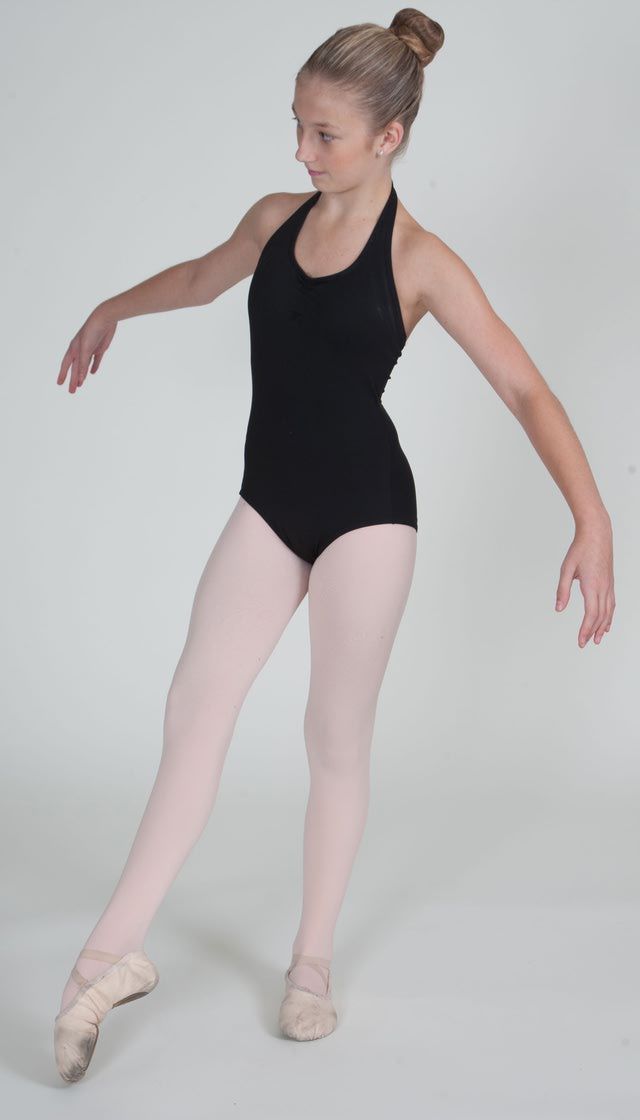 At the end, you can turn the knee to the side.
At the end, you can turn the knee to the side.
Connect familiar shuffle moves
While you lack the skills to move freely and come up with something of your own, learn a few combinations. They contain interesting movements that will replenish your dance vocabulary.
Combination 1
This is a simple combination of two basic movements - Running man and T-step. First take five Running man steps, then four T-steps to the side and repeat the same in the opposite direction.
Combination 2
Another combination of two basic movements. Here you do three Running mans, then one T‑step with a back foot touch, and two front heel touch kicks. The same on the other side.
Combination 3
There are no standard steps here, but there are already familiar Sidekick and transition from heels to toes.
Learn more difficult combinations
We will add some videos with good combinations.
1. Cool video for beginners: movements are repeated in slow motion to make it easier to dance to the music.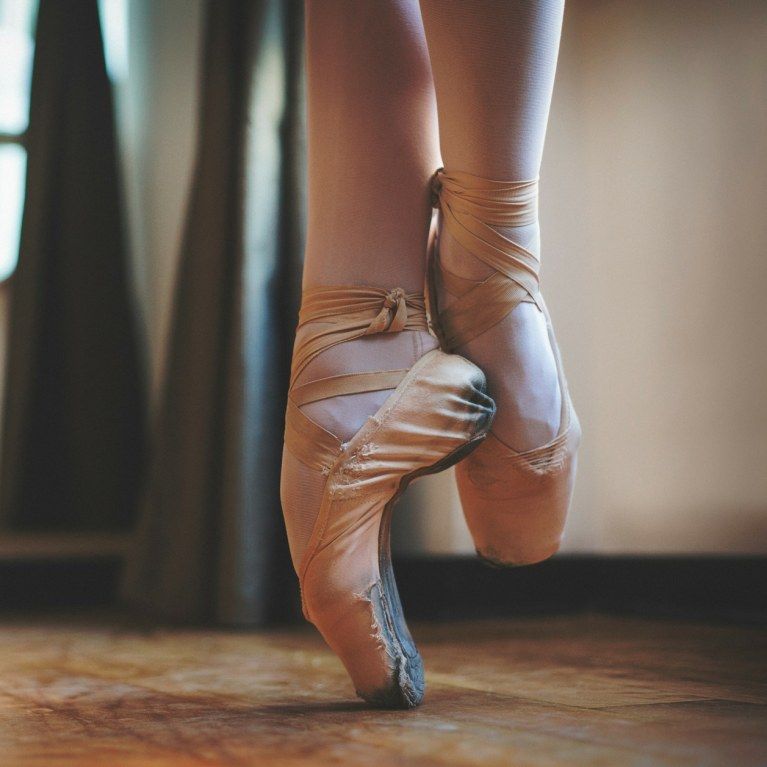
2. And here the combination is analyzed step by step in slow motion, dividing it into three parts. Very comfortably. Look for more on this channel, there are several such analyzes.
3. There is no slowdown here, just a great combination. But you already know almost all the movements, so you can figure it out. If something is not clear, watch the video at a speed of 0.25.
Pick up the music and improvise
Surely you have favorite songs to shuffle to. Include them and start with basic movements: just do the Running man and periodically add different elements when you want. Move in different directions, relax and have fun.
Move in different directions, relax and have fun.
If you don't have favorite tracks, try our selection.
I must say that the shuffle is an amazing cardio workout. In just a couple of tracks, you will be out of breath and sweat, like after a run, but you will feel absolutely happy!
What's more, if you have to force yourself to keep going while running, shuffle requires you to have the willpower to stop and not dance. As a bonus - a short video from a beginner after a couple of hours of practice.
Shuffle is cool!
Read also 🕺💃🤸♀️
- Dancing as a sport: choosing the right direction
- Dance and movement therapy: how to know and change yourself through movement
- How to learn to dance: video lessons for those who are not afraid to try
- How to learn street dancing without leaving home
- Zumba is a fun way to lose weight for those who love dancing
*Activity of Meta Platforms Inc. and its social networks Facebook and Instagram are prohibited in the territory of the Russian Federation.
and its social networks Facebook and Instagram are prohibited in the territory of the Russian Federation.
Dance with feet and head
As a scientific discipline, dance studies are at least half a century old, but they have already influenced our understanding of both dance and why to study it. First of all, the Eurocentric understanding of what dance is was revised. Thus, in many cultures there are structured systems of movement that cannot be called “dance” in the usual sense of the word. Ballet ceased to be considered the highest form of dance and was put in its place - one of the dance systems. With the development of video dance - the art of filming a dance, making films about it - the choreography of not only the human body, but also other actors, animate and inanimate, became obvious. And the digitalization of dance made us rethink the boundaries of the human body. Finally, such a seemingly universal sign of dance as movement was also questioned: the radical theorist Andre Lepeki argues that rest for dance is almost more important than movement. Modern researchers tend to talk about "dancing" instead of "dance". And the sociologist Randy Martin is interested in dance not so much as an object of study, but as a method, a research tool. Dance practices, he argues, will reveal how you can "think with your feet" and "theorize with your body." Such a message takes dance studies out of the art history ghetto and allows it to be connected with epistemology and theory in the broadest sense of the word.
Modern researchers tend to talk about "dancing" instead of "dance". And the sociologist Randy Martin is interested in dance not so much as an object of study, but as a method, a research tool. Dance practices, he argues, will reveal how you can "think with your feet" and "theorize with your body." Such a message takes dance studies out of the art history ghetto and allows it to be connected with epistemology and theory in the broadest sense of the word.
The book, intended for both specialists and students, has fourteen chapters. An introduction by compiler Sherrill Dodds is followed by a chapter on the methods and problems of dance research. Its author, Rachel Fensham, addresses the question of the production of knowledge through artistic practice such as dance. Some philosophers on the left, criticizing the capitalist exploitation of intellectual labor, see dance as an alternative. According to them, dance and bodily practices produce knowledge in a form that cannot be commodified. Thus, the understanding of dance and performance practices as research also acquires a political connotation. Sometimes these words are hyphenated: dance-as-research, performance-as-research, practice-as-research, practice-based-research. Thus, it is emphasized that we are talking about a new concept that combines practical and theoretical knowledge, artistic practices and academic research. The point, the author of the chapter believes, is behind the creation of such programs and projects where something (imagination, emotions, creativity, social interaction, etc.) will be explored with the help of dance. The practical Fensham hopes this will not only advance academic knowledge, but also help create jobs for dancers.
Thus, the understanding of dance and performance practices as research also acquires a political connotation. Sometimes these words are hyphenated: dance-as-research, performance-as-research, practice-as-research, practice-based-research. Thus, it is emphasized that we are talking about a new concept that combines practical and theoretical knowledge, artistic practices and academic research. The point, the author of the chapter believes, is behind the creation of such programs and projects where something (imagination, emotions, creativity, social interaction, etc.) will be explored with the help of dance. The practical Fensham hopes this will not only advance academic knowledge, but also help create jobs for dancers.
Edward Warburton devotes a chapter to dance pedagogy, which, in his opinion, is becoming increasingly reflective. The teacher teaches not only dance techniques, but also makes the learning process more conscious, helps the student comprehend movements during the training process.
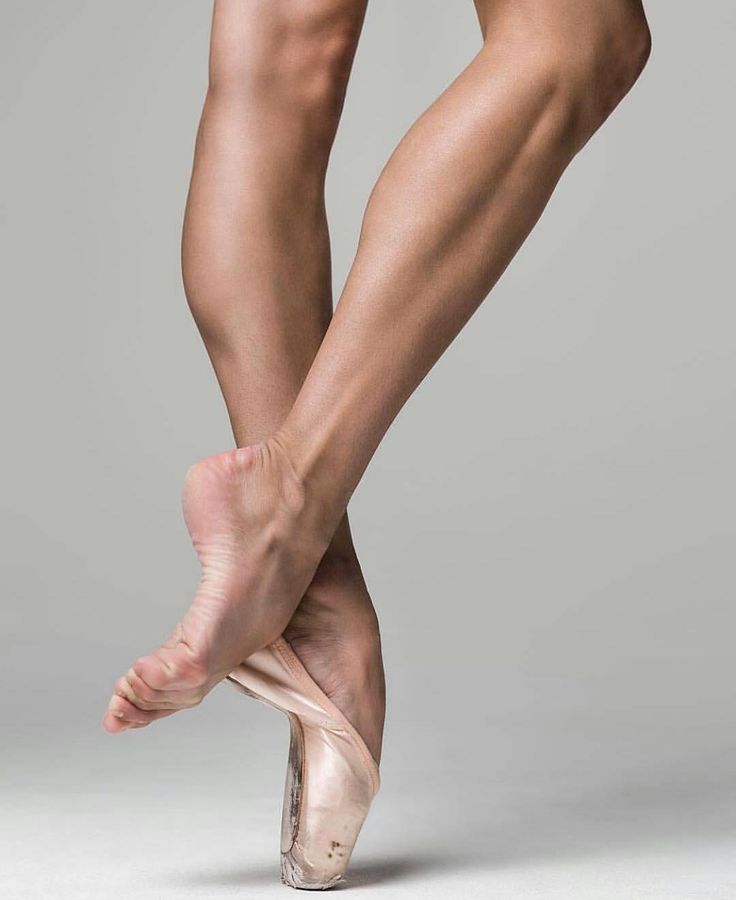 " We strive to create a fun, welcoming environment where EVERYONE and ANYONE can learn, gain confidence and have fun while growing a love of dance!
" We strive to create a fun, welcoming environment where EVERYONE and ANYONE can learn, gain confidence and have fun while growing a love of dance! com
com 


